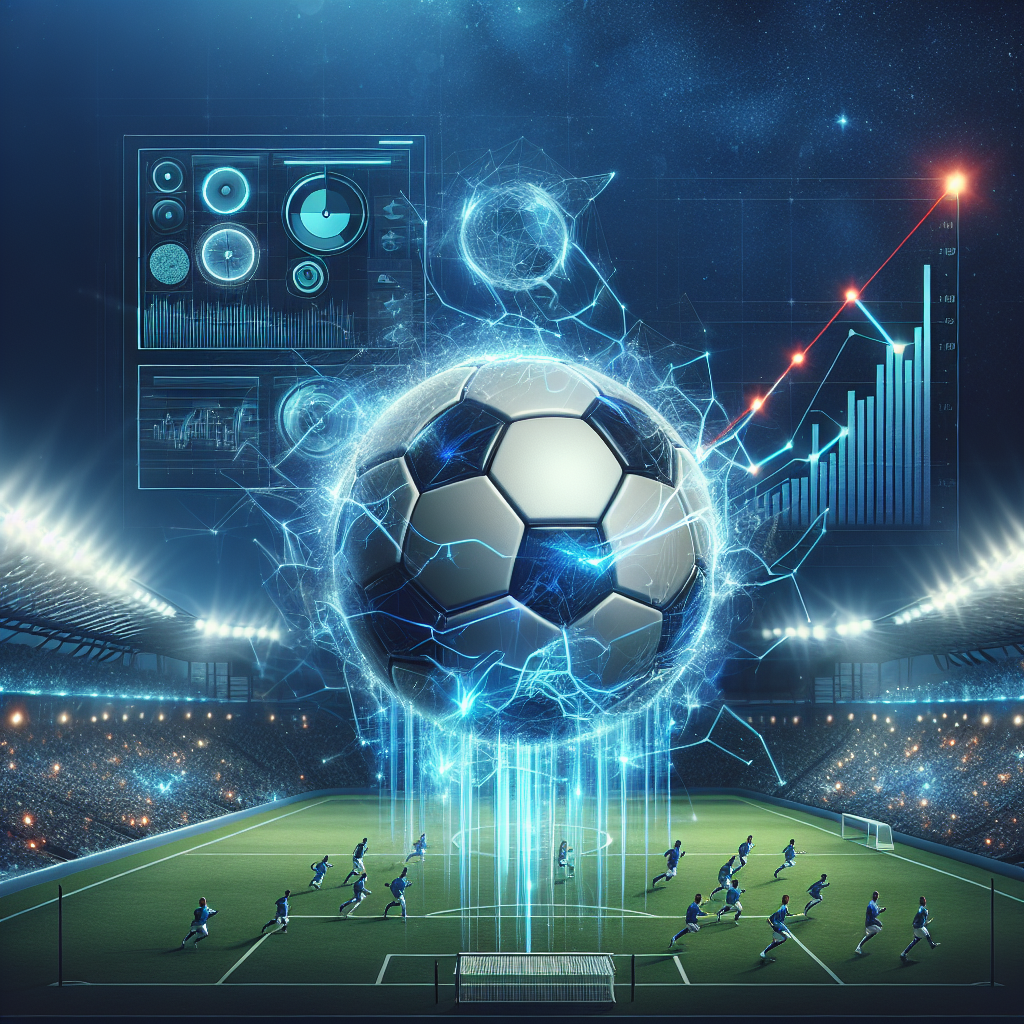Advancements in technology have revolutionized the way sports are broadcasted to viewers around the world. One of the most significant developments in recent years has been the integration of artificial intelligence (AI) into sports broadcasting graphics. AI has the ability to analyze vast amounts of data in real-time and generate visually stunning graphics that enhance the viewing experience for fans.
The Evolution of Sports Broadcasting Graphics
In the early days of sports broadcasting, graphics were limited to basic scoreboards and player statistics displayed on the screen. As technology improved, broadcasters began to incorporate more advanced graphics such as player tracking and instant replays. However, these graphics were often static and lacked the dynamic elements that viewers have come to expect in today’s digital age.
With the introduction of AI, sports broadcasters now have access to a wide range of tools and technologies that can enhance their graphics in real-time. AI algorithms can analyze player movements, game statistics, and other data to generate dynamic graphics that provide viewers with a more immersive experience. This includes virtual overlays that show the trajectory of a ball, player heatmaps that highlight key areas of the field, and augmented reality graphics that bring fans closer to the action.
One of the most prominent examples of AI in sports broadcasting graphics is the use of computer vision technology to track players and objects on the field. By analyzing video feeds in real-time, AI algorithms can identify players, track their movements, and generate visualizations that show their speed, distance covered, and other key metrics. This technology has revolutionized the way sports are analyzed and presented to viewers, providing a level of insight that was previously impossible.
Another key area where AI is transforming sports broadcasting graphics is in the creation of personalized experiences for fans. By analyzing viewer preferences and behavior, AI algorithms can generate customized graphics that cater to individual tastes and interests. This includes personalized player statistics, interactive replays, and other features that enhance the viewing experience for fans.
FAQs
Q: How does AI improve sports broadcasting graphics?
A: AI can analyze vast amounts of data in real-time to generate dynamic graphics that enhance the viewing experience for fans. This includes player tracking, virtual overlays, and personalized graphics tailored to individual preferences.
Q: What are some examples of AI in sports broadcasting graphics?
A: Examples include computer vision technology for player tracking, virtual overlays that show the trajectory of a ball, and personalized graphics based on viewer preferences.
Q: How does AI enhance the viewing experience for fans?
A: AI-generated graphics provide viewers with a more immersive and interactive experience, with real-time analysis of player movements, game statistics, and other key metrics.
Q: What are the benefits of AI in sports broadcasting graphics?
A: AI can provide broadcasters with new tools and technologies to enhance their graphics in real-time, creating a more engaging and informative viewing experience for fans.
Q: What is the future of AI in sports broadcasting graphics?
A: The future is bright for AI in sports broadcasting graphics, with continued advancements in technology leading to even more immersive and interactive experiences for fans.
In conclusion, AI has revolutionized the way sports are broadcasted to viewers around the world. By analyzing vast amounts of data in real-time, AI algorithms can generate dynamic graphics that enhance the viewing experience for fans. From player tracking to virtual overlays, AI is transforming sports broadcasting graphics in ways that were previously unimaginable. The future is bright for AI in sports broadcasting graphics, with continued advancements in technology leading to even more immersive and interactive experiences for fans.

